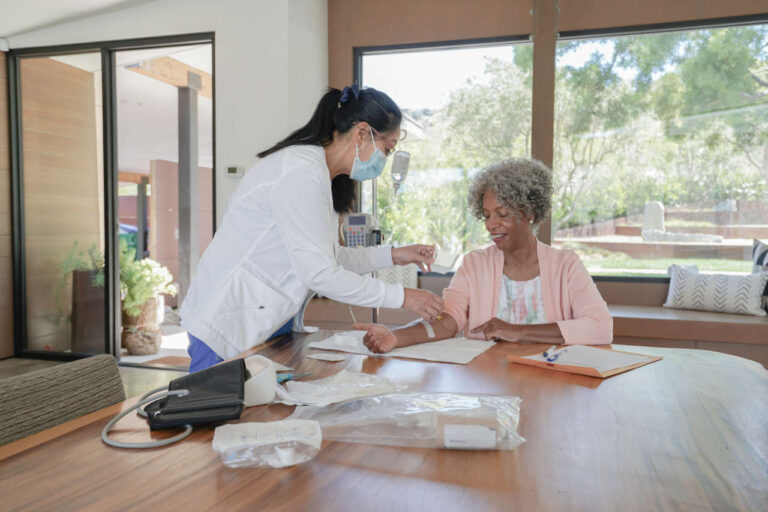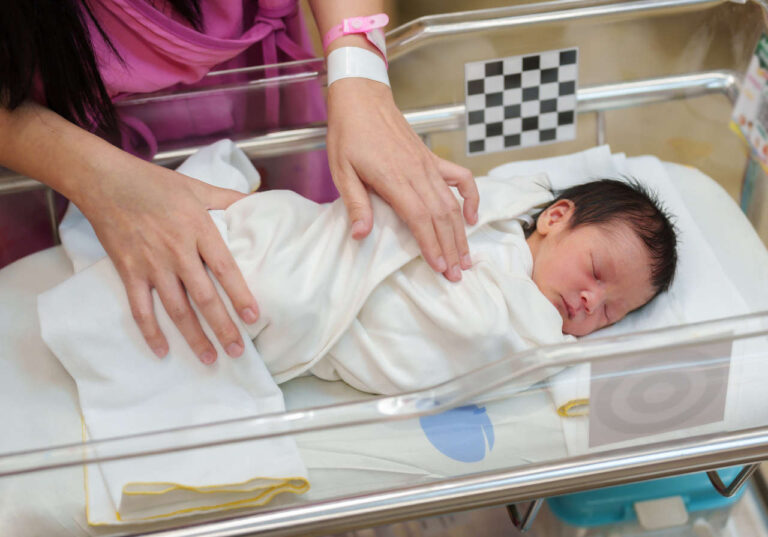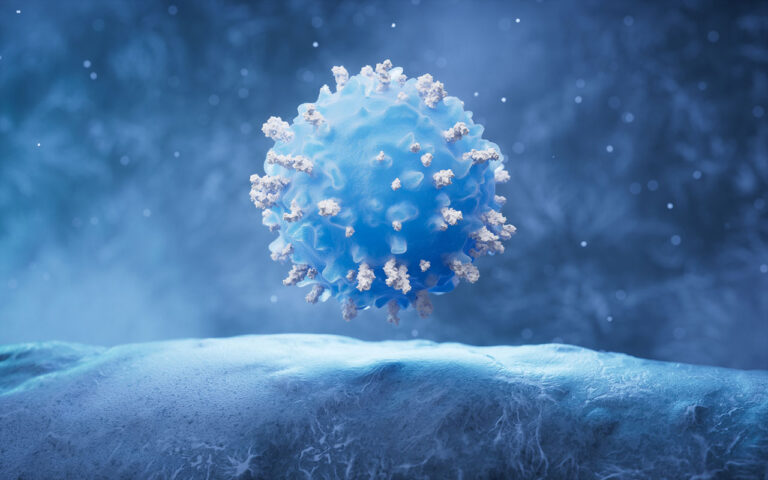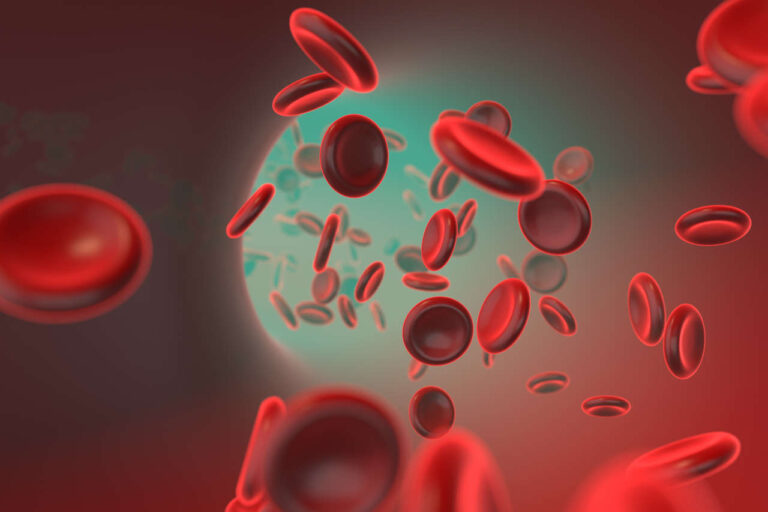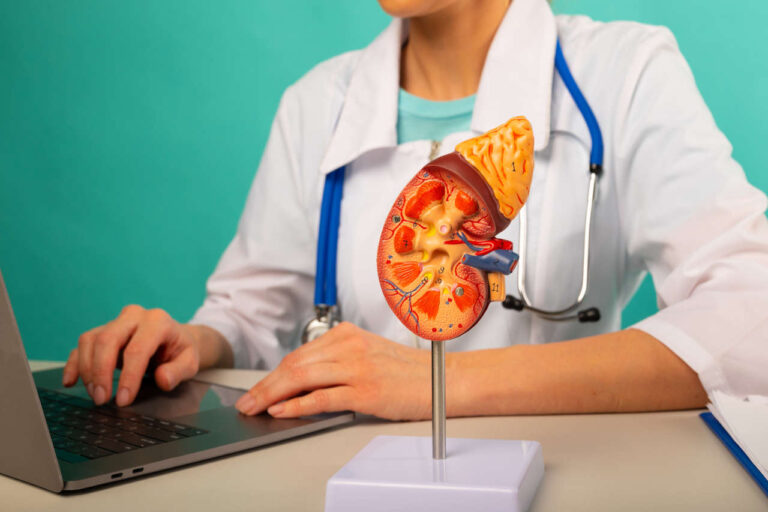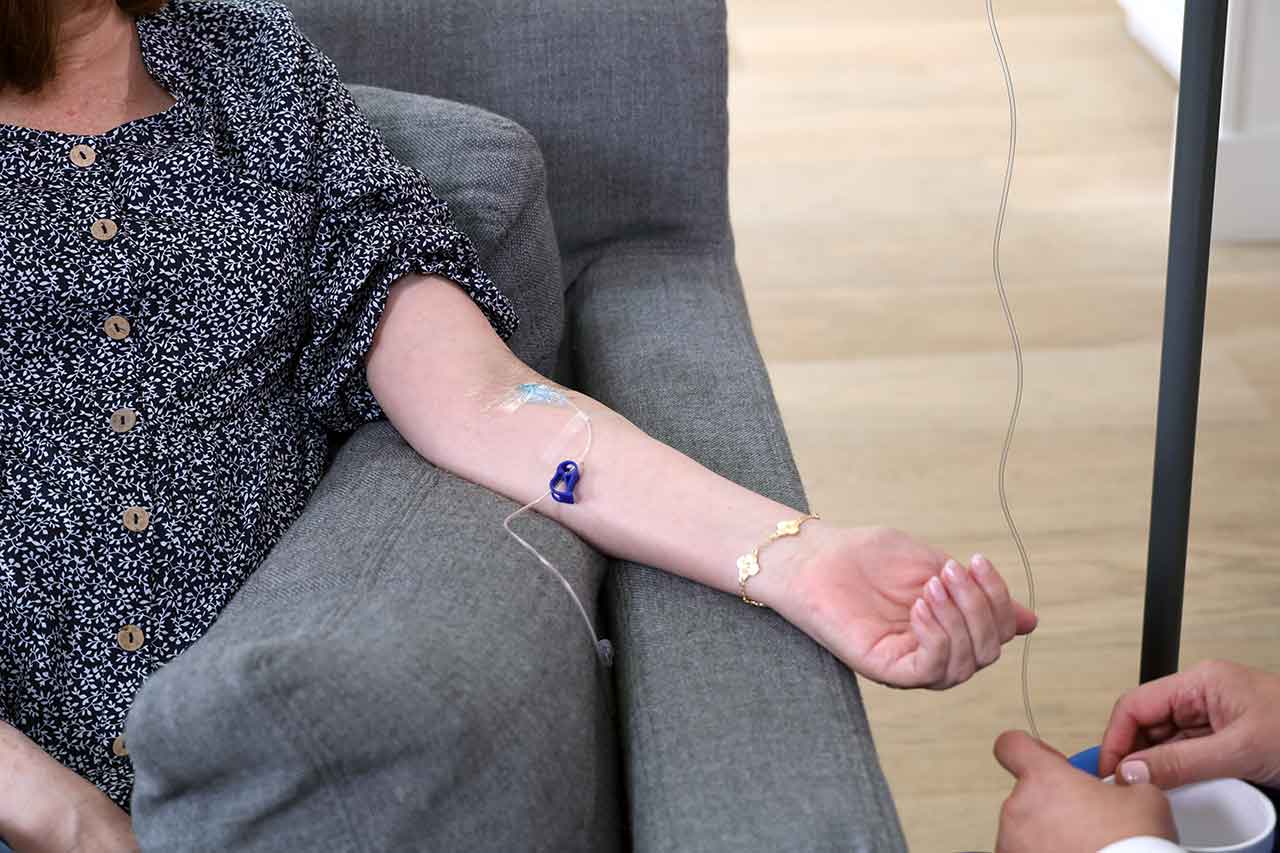
Acquired red cell aplasia or acquired pure red cell aplasia is a sub-type of pure red cell aplasia (PRCA), a rare blood disorder in which the bone marrow does not produce enough red blood cells (RBCs). When an individual with this disorder doesn’t have enough red blood cells in their body, they feel fatigued, breathless, lethargic, or weak due to severe anemia.
Can IVIG help?
Free IVIG Treatment InfoIntravenous immunoglobulin (IVIG) therapy has emerged as an effective treatment option for acquired red cell aplasia (aPRCA), especially in cases where this condition is triggered or caused by autoimmune disorders or viral infections.
Let’s take a closer look at the basics of acquired red cell aplasia, how it occurs, and how IVIG therapy can help patients with this rare bone marrow disorder.
What Is Acquired Red Cell Aplasia?
Acquired pure red cell aplasia is a rare blood condition characterized by severe anemia due to a significant drop in the production of red blood cells (also called erythrocytes) by the bone marrow. This drastic drop can happen due to erythropoiesis failure.
Erythropoiesis is the process of red blood cell production in the bone marrow. Any problem with this process can lower the number of available immature red blood cells (also called reticulocytes). These cells are released from the bone marrow into the bloodstream and develop into mature red blood cells.
A low red blood cell count can lead to severe anemia, which can cause symptoms like dizziness, fatigue, difficulty breathing, rapid heartbeat, weakness, or pale skin.
What Causes Acquired Red Cell Aplasia?
Unlike inherited or congenital red cell aplasia, caused by a mutation (an error) in certain genes, acquired pure red cell aplasia is caused by various external factors. Based on the factors involved in the onset of acquired red cell aplasia, it is further categorized into primary and secondary acquired red cell aplasia:
- Primary Acquired Red Cell Aplasia: Primary: aPRCA is an autoimmune disease, meaning the immune system makes proteins, called auto-antibodies, that then attack blood-forming stem cells in the bone marrow.
- Secondary Acquired Red Cell Aplasia: Secondary aPRCA is thought to be caused either by other medical conditions, such as solid tumors (thymoma), autoimmune diseases (such as systemic lupus erythematosus, chronic lymphocytic leukemia, or rheumatoid arthritis), infections (mainly parvovirus B19), or by certain medications.
It is thought that primary or secondary aPRCA can be treated by targeting the underlying cause (i.e., autoimmune disease, cancer, or infections).
How IVIG Therapy Can Treat Acquired Red Cell Aplasia

In general, IVIG therapy provides essential antibodies that help to regulate the immune system, either by weakening the overactive immune response or by boosting the immune system activity when necessary.
For patients with aPRCA, IVIG therapy can help modulate the immune response by:
- Regulating Immune Cells: In the case of aPRCA caused by autoimmune conditions, IVIG therapy lessens the activity of certain immune cells, particularly T-cells, that may be involved in attacking the red blood cell precursors. Hence, further damage to the bone marrow can be prevented with the help of IVIG treatment.
- Blocking Autoantibodies: In autoimmune disorders, the immune system produces autoantibodies that mistakenly target red blood cells or their precursors, which results in low red blood cell count. IVIG blocks these autoantibodies by binding to them and preventing them from destroying red blood cells in the bloodstream or their precursors in the bone marrow.
Get IVIG Copay Assistance
- Boosting Immune Response Against Infections: In some cases, acquired red cell aplasia is caused by a viral infection, such as human parvovirus B19. The virus infects the human erythroid progenitors, which are the cells involved in the process of red blood cell production. IVIG helps to boost the immune response in people with weak immune systems by providing essential antibodies. These antibodies target and kill the virus, thus preventing them from attacking erythroid progenitors. In fact, a research study involving 133 patients with HPV-B19 PRCA showed that 93% of patients experienced an improvement in their hemoglobin levels after the first course of IVIG. This study further suggested that IVIG therapy is effective in treating HPV-B19 PRCA in immunocompromised patients.
- Exerting Anti-Inflammatory Effects: During an overactive immune response, inflammation can occur in the bone marrow, which may affect the production of red blood cells. Since IVIG has anti-inflammatory properties, it helps to reduce the inflammation in the bone marrow, creating a more favorable environment for red blood cell production.
What Is the Standard Dose of IVIG for Acquired Red Cell Aplasia?
The dosage of IVIG can vary widely among people. It is typically based on the type of underlying condition causing the aPRCA. For instance, several case studies suggested that a high dose of IVIG (2 g/kg), usually divided over 5 days (400 mg/kg/day), is most effective in treating PRCA associated with parvovirus B19 infection in immunocompromised patients.
However, for people who experience a relapse (severe anemia) after 3 months, a maintenance dose of 1 g/kg of IVIG over 2 days is recommended.
It is important to consult your healthcare provider to understand your IVIG treatment period and frequency of doses.
How Does IVIG Benefit Patients with Acquired Red Cell Aplasia?
IVIG therapy offers several potential benefits to those with acquired red cell aplasia:
- IVIG rapidly modulates the immune system, which makes it a valuable option for patients who need immediate treatment.
- IVIG is a non-invasive treatment that has fewer risks compared to bone marrow transplantation.
- IVIG is a versatile therapy due to its multiple modes of action. For patients with aPRCA , it can treat both autoimmune and infection-related causes associated with this condition.
Consult an IVIG Specialist
What To Expect During IVIG Treatment
IVIG treatment is given as a slow infusion into the veins (intravenous or IV). While you receive IVIG treatment, it is possible to experience some mild side effects such as headache, nausea, low-grade fever, or muscle or joint pain. Depending on your situation, you might receive IVIG in a healthcare setting (e.g., an infusion center or a healthcare provider’s office) or at home.
Conclusion
IVIG therapy appears to be an effective option in treating aPRCA, particularly in cases where the cause is a viral infection or an autoimmune condition. However, IVIG therapy can cause some mild effects that should be considered before initiating therapy. Your healthcare provider can discuss the risks and benefits of using IVIG to treat aPRCA based on your clinical situation.
REFERENCES:
- Lobbes, H., Lega, C., Guenno, G. L., Ruivard, M., & Mainbourg, S. (2023). Treatment strategy for acquired pure red cell aplasia: A systematic review and meta-analysis. Blood Advances, 7(21), 6451. https://doi.org/10.1182/bloodadvances.2023010587
- Gurnari, C., & Maciejewski, J. P. (2021). How I manage acquired pure red cell aplasia in adults. Blood, 137(15), 2001-2009. https://doi.org/10.1182/blood.2021010898
- Pure red cell aplasia, acquired. (2007, August 7). National Organization of Rare Diseases (NORD). https://rarediseases.org/rare-diseases/pure-red-cell-aplasia-acquired/
- Nakazawa, H., Sakai, K., Ohta, A., Fujishima, N., Matsuda, A., Hosokawa, K., Nakamura, F., Nakao, S., Mitani, K., & Ishida, F. (2022). Incidence of acquired pure red cell aplasia: A nationwide epidemiologic analysis with 2 registry databases in Japan. Blood Advances, 6(24), 6282. https://doi.org/10.1182/bloodadvances.2021006486
- Sherratt-Mayhew, S., & Nicolson, P. (2024). Use of IV immunoglobulin to treat steroid-resistant, immune checkpoint inhibitor-induced pure red cell aplasia. A case report. Clinical Medicine, 24, 100047. https://doi.org/10.1016/j.clinme.2024.100047
- Crabol, Y., Terrier, B., Rozenberg, F., Pestre, V., Legendre, C., Hermine, O., Guillevin, L., Mouthon, L., Loïc, G., Annette, B., Alain, F., Bertrand, F., Bertrand, G., Amélie, L., Isabelle, L., Catherine, M., Luc, M., Eric, O., Nathalie, P., . . . Amina, B. (2013). Intravenous Immunoglobulin Therapy for Pure Red Cell Aplasia Related to Human Parvovirus B19 Infection: A Retrospective Study of 10 Patients and Review of the Literature. Clinical Infectious Diseases, 56(7), 968-977. https://doi.org/10.1093/cid/cis1046
- Lobbes, H., Lega, J., Guenno, G. L., Ruivard, M., & Mainbourg, S. (2023). Treatment strategy for acquired pure red cell aplasia: a systematic review and meta-analysis. Blood Advances, 7(21), 6451–6465. https://doi.org/10.1182/bloodadvances.2023010587
- Means, R. T. (2016). Pure red cell aplasia. Blood, 128(21), 2504–2509. https://doi.org/10.1182/blood-2016-05-717140
- Balasubramanian, S. K., Sadaps, M., Thota, S., Aly, M., Przychodzen, B. P., Hirsch, C. M., Visconte, V., Radivoyevitch, T., & Maciejewski, J. P. (2017). Rational management approach to pure red cell aplasia. Haematologica, 103(2), 221–230. https://doi.org/10.3324/haematol.2017.175810

